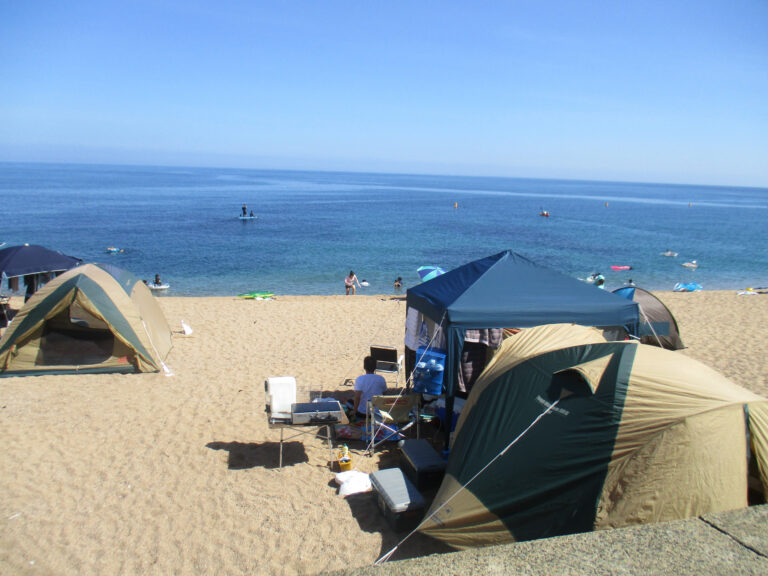
In Hogahama, the Meishatsu "Tateiwa", which is made up of basalt rocks that extend to about 1km around the perimeter, rises. Nearby is an auto campsite that is well equipped by car. Be careful not to go off the coast too much as the water depth gets deeper at once. There is a roadside station and a day-trip hot spring nearby.
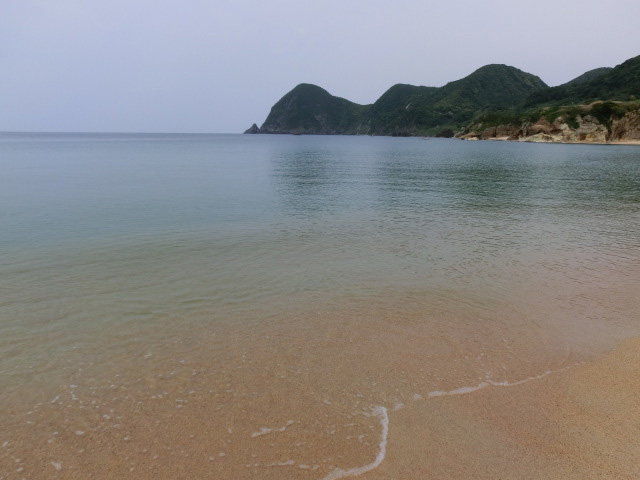
A swimming beach near the Bamboo River. Mountains protrude on the east side of the beach and behind it. A bathing beach of cava-like existence. Because the waves are calm, the family can enjoy it. There are guesthouses and hot springs nearby. There is an ancient village museum and a group of burial mounds in a three-minute drive.
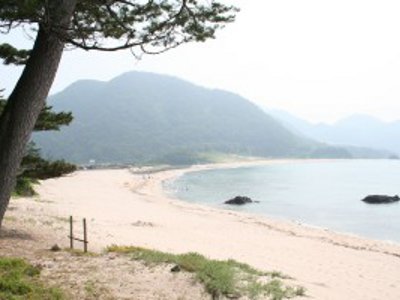
A scenic spot called Tango-Matsushima because of its resemblance to Japan's three scenic spots, a beach where you can enjoy sea bathing; an auto campsite; an auto campsite, which is reserved only from the reservation form; fish fishing, sea kayaking, surfing, etc.
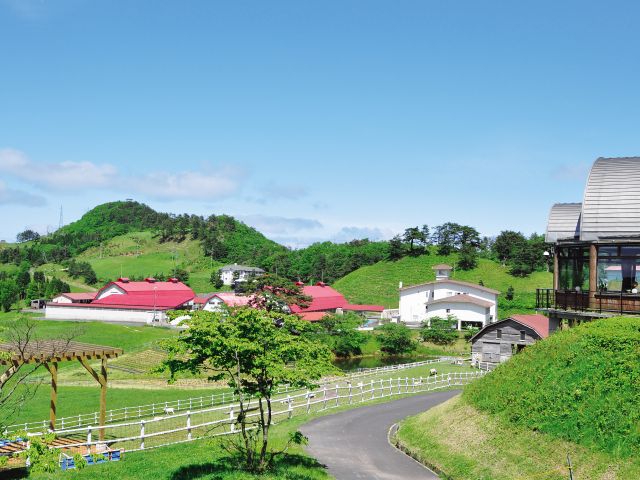
It is a prefectural ranch located in Ikari Kogen, and the contact square where you can play with goats, sheep and rabbits is popular.
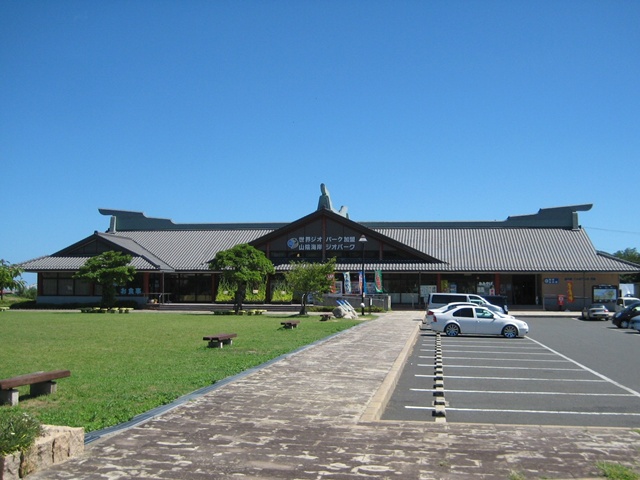
Road station facing Route 178. A monolith standing rock with a total length of about 20m on the coast designated as a Shan Coast Geopark is a power spot known to those in the know (3 minutes by car). The souvenir shop has a selection of Tango's famous products, including Tsukudani, rice, and local sake, which are made from Tango's sazae. In the tea corner, a soft ice cream with an aftertaste made from a blend of kotoari salt is popular. In the food court, you can taste seafood bowls, rice balls, and mackerel curry. It is equipped with an auto campsite, which can be used throughout the year (reservation is official site).

Tango, where the "Tango Kingdom" flourished from the Yayoi period to the Kofun period. It displays a large number of artifacts, rare in the nation, showing the advanced technical skills of "Tango Kingdom", such as valuable iron products from the Yayoi period and a necklace of blue glass balls. Also on display are the Ameno Chōshōyama Kofun, the largest front-and-back circular mound on the Japan Sea side with a total length of 200m, and the Tango-type cylindrical haniwa of the Shinmyōyama Kofun. In front of the Museum of Materials, there are the Jinmeizan Kofun and the Enki Shikinaisha Takeno Shrine. A pit-style house has been restored in the garden of the museum, and you can also experience the life of the ancient people inside.
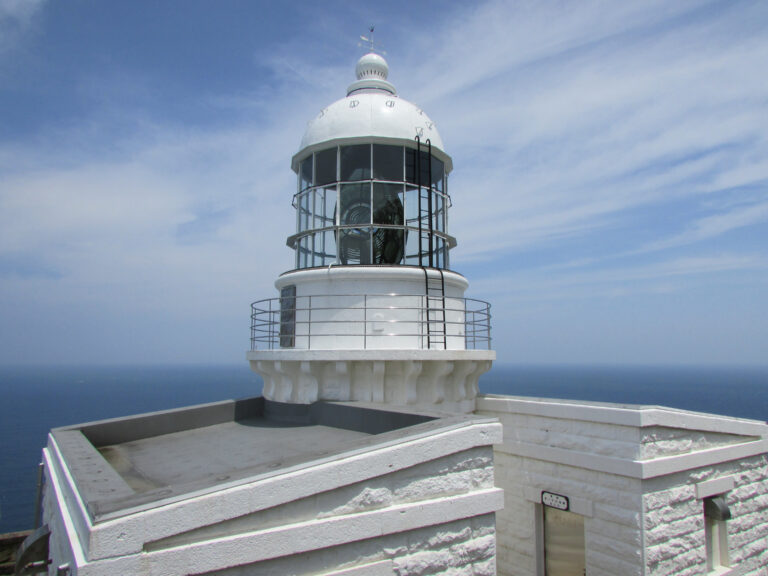
A superb view spot that overlooks the scenery of the Sea of Japan in the dark blue and the odd stone group of columnar saaruri that extends under your eyes. The lighthouse, which was built in 1898 and is about 12.5m high, still watches the safety of ships traveling across the Sea of Japan. Once a year, the lighthouse is open to the public and is crowded with a lot of people.
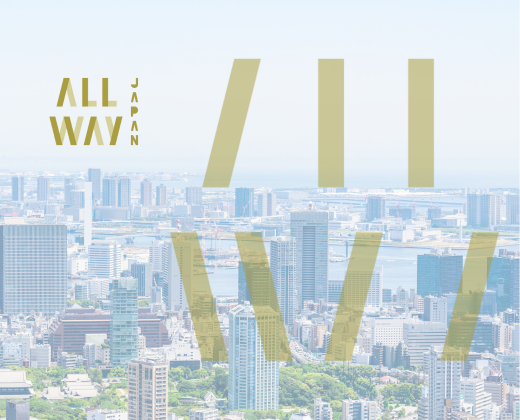
断崖絶壁の上に立つ曹洞宗万福寺の境外仏堂。もとは洞窟の奥に安置していた文殊菩薩を現在の地に遷仏したことから、穴文殊と呼ばれ、地元では文殊さんの名で親しまれる。毎年8月24日には穴文殊大祭が開催され、露店や花火・音楽などで賑わい、知恵を授かりに多くの人が参拝する。

竹野川河口のすぐ沖に突き出ている周囲1kmの巨岩。上部が刃物で切り落とされたような奇異な姿でそびえる。聖徳太子の異母弟、麻呂子親王の鬼退治伝説があり、夏は海水浴客で賑わう。世界ジオパークに認定された海岸線の中でも、最もシンボル的な存在。
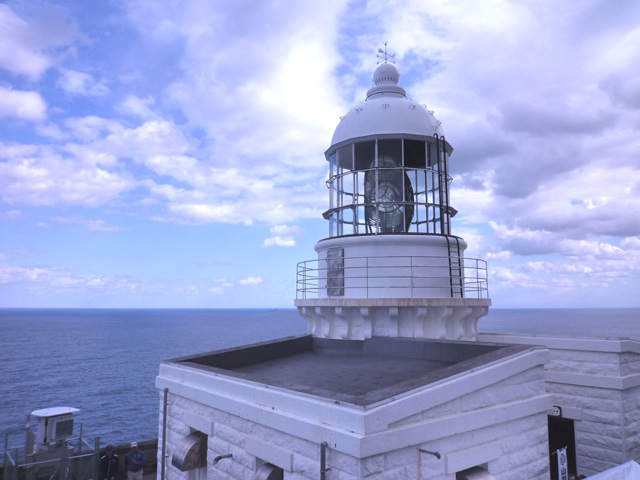
丹後半島最北端の岬。若狭の海岸や能登半島を望める。僧が悪龍を退治するために経典を納めたという伝説から名付けられた。明治建築の高さ12.5mの白い灯台がある。











